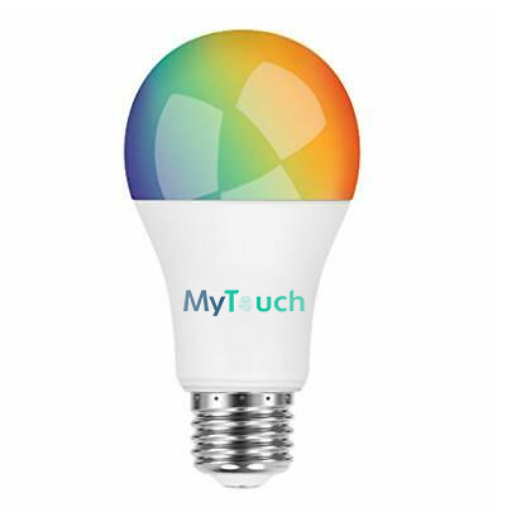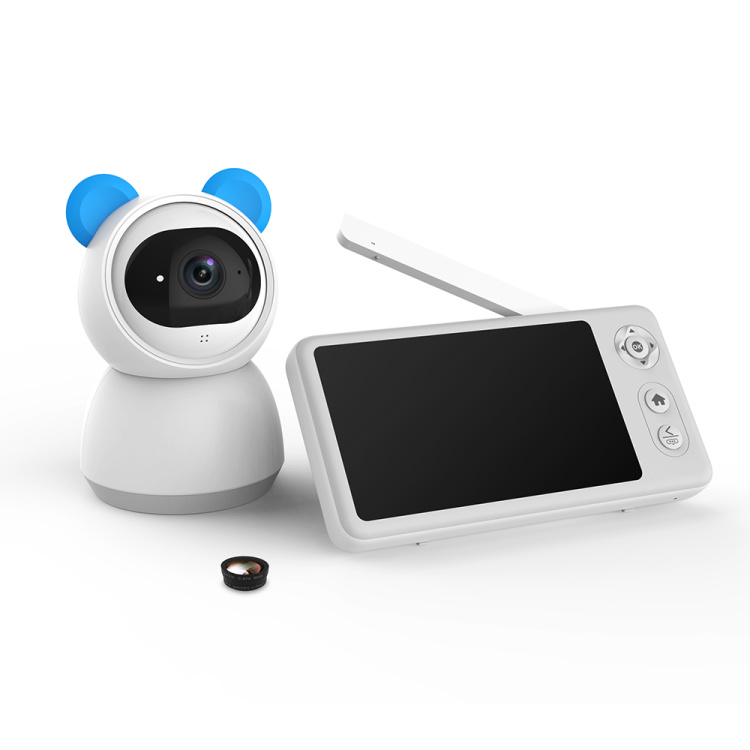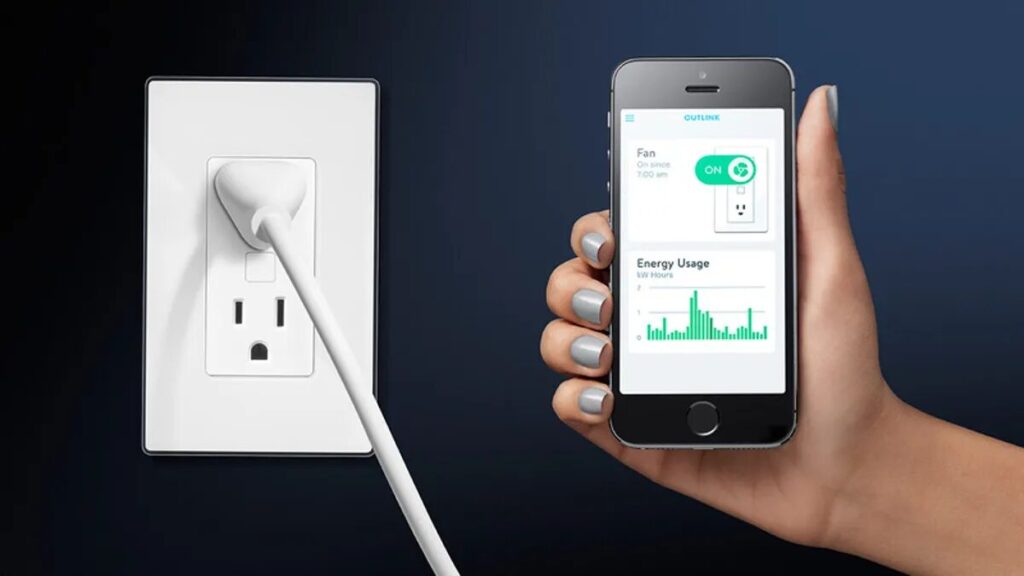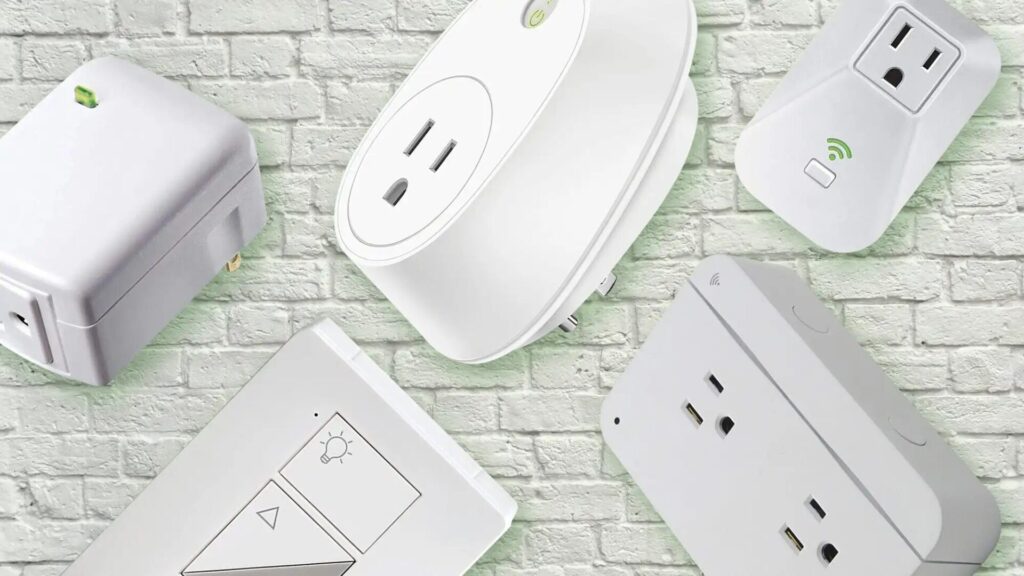The post How to Compare Different Types of Smart Home Technology appeared first on Intelligent Smart Home Technology.
]]>Smart Speakers
Smart speakers are devices that can play music, answer questions, control other smart devices, and more, using voice commands. They usually have a built-in virtual assistant, such as Alexa, Google Assistant, or Siri, that can understand your requests and respond accordingly. Some smart speakers also have a touchscreen display or a camera for additional functionality.
Some of the benefits of smart speakers are:
- They can provide hands-free and voice-activated control of your smart home devices, such as lights, thermostats, cameras, etc.
- They can offer entertainment and information, such as playing music, podcasts, audiobooks, news, weather, traffic, etc.
- They can help you with various tasks, such as setting reminders, timers, alarms, calendars, shopping lists, etc.
- They can support communication, such as making phone calls, video calls, sending messages, etc.
Some of the drawbacks of smart speakers are:
- They may not always understand your voice commands or respond accurately, especially if there is background noise or accent issues.
- They may pose privacy and security risks, as they can record and store your voice data, and potentially be hacked or accessed by unauthorized parties.
- They may not be compatible with all the smart devices or services that you use, and may require additional hubs or apps to work properly.

Smart Plugs
Smart plugs are devices that plug into your existing wall outlets and allow you to control and monitor the appliances that are connected to them, using your smartphone or voice assistant. They can also be programmed to turn on and off automatically based on a schedule, a trigger, or your location.
Some of the benefits of smart plugs are:
- They can make any appliance smart, such as lamps, fans, coffee makers, heaters, etc., without requiring any wiring or installation.
- They can help you save energy and money, by letting you turn off appliances that are not in use, or by optimizing their usage based on your habits and preferences.
- They can enhance convenience and safety, by letting you control your appliances remotely, or by preventing them from overheating or causing fire hazards.
Some of the drawbacks of smart plugs are:
- They may not fit well in some outlets, especially if they are bulky or block adjacent sockets.
- They may not work well with appliances that have complex or sensitive functions, such as refrigerators, microwaves, washing machines, etc.
- They may not support high-power appliances, such as air conditioners, hair dryers, etc., and may cause damage or malfunction if overloaded.
Smart Bulbs
Smart bulbs are light bulbs that can change color, brightness, and temperature, and can be controlled and customized using your smartphone or voice assistant. They can also be synced with other smart devices, such as speakers, cameras, sensors, etc., to create different scenes and effects.
Some of the benefits of smart bulbs are:
- They can create various moods and atmospheres, such as relaxing, romantic, festive, etc., by adjusting the color and intensity of the light.
- They can improve your health and well-being, by mimicking natural light cycles, such as sunrise, sunset, daylight, etc., and by helping you sleep better, wake up easier, and stay alert.
- They can increase security and convenience, by letting you control your lights remotely, or by turning them on and off automatically based on your presence, schedule, or activity.
Some of the drawbacks of smart bulbs are:
- They may be more expensive than regular bulbs, and may require additional hubs or bridges to connect to your network and devices.
- They may not be compatible with all the light fixtures or switches that you have, and may require adapters or replacements to work properly.
- They may not last as long as regular bulbs, and may lose their functionality or connectivity over time.

Smart Cameras
Smart cameras are devices that can stream live video, record clips, detect motion, sound, and faces, and alert you of any activity in your home. They can also integrate with other smart devices, such as speakers, displays, locks, etc., to create a comprehensive security system. Some smart cameras also have features like night vision, two-way audio, sirens, and cloud storage.
Some of the benefits of smart cameras are:
- They can help you monitor your home, pets, kids, elderly, etc., from anywhere, using your smartphone or voice assistant.
- They can deter intruders and notify you of any suspicious events, such as break-ins, fire, smoke, etc.
- They can provide evidence and proof in case of any incidents or disputes, such as theft, vandalism, accidents, etc.
Some of the drawbacks of smart cameras are:
- They may pose privacy and security risks, as they can capture and store your personal data, and potentially be hacked or accessed by unauthorized parties.
- They may require a subscription fee to access some features or services, such as cloud storage, facial recognition, etc.
- They may not work well in low-light or harsh weather conditions, and may need a reliable internet connection and power source to function properly.

Smart Locks
Smart locks are devices that can lock and unlock your doors, using your smartphone, voice assistant, fingerprint, keypad, or key. They can also grant temporary or permanent access to guests, family members, service providers, etc., and track the activity and status of your doors. Some smart locks also have features like auto-lock, auto-unlock, door sensors, etc.
Some of the benefits of smart locks are:
- They can enhance convenience and security, by letting you control your doors remotely, or by using your voice, biometrics, or codes.
- They can eliminate the need for physical keys, which can be lost, stolen, or copied, and reduce the risk of lockouts.
- They can manage and monitor who enters and exits your home, and when, and notify you of any changes or issues.
Some of the drawbacks of smart locks are:
- They may not be compatible with all the doors or deadbolts that you have, and may require installation or modification to work properly.
- They may not work well with some voice assistants or smart home platforms, and may require additional hubs or bridges to connect to your network and devices.
- They may not function properly in case of power outage, internet outage, low battery, or mechanical failure, and may compromise your security or access.

The post How to Compare Different Types of Smart Home Technology appeared first on Intelligent Smart Home Technology.
]]>The post How to Save Energy and Money with Smart Plugs and Switches appeared first on Intelligent Smart Home Technology.
]]>How Smart Plugs and Switches Work
Smart plugs and switches are easy to install and use. All you need to do is plug them into your existing wall outlets and connect them to your home Wi-Fi network. Then, you can use an app on your phone or a compatible voice assistant like Alexa or Google Assistant to control them remotely. You can also set up schedules, timers, triggers, and routines to automate your devices and make your life easier.
For example, you can use a smart plug to turn off your coffee maker after a certain time or use a smart switch to turn on your porch light at sunset. You can also use a smart plug or switch to monitor the energy usage of your devices and get reports on how much power they are consuming and how much they are costing you.

How Smart Plugs and Switches Save You Energy and Money
One of the main benefits of smart plugs and switches is that they can help you save energy and money by cutting down on the standby power or phantom load that your devices draw when they are idle. According to the US Department of Energy, standby power accounts for up to 10% of the average household’s electricity bill, which can add up to hundreds of dollars per year.
By using smart plugs and switches, you can easily turn off your devices when you are not using them, or set them to turn off automatically based on a schedule or a trigger. This way, you can prevent your devices from wasting energy and money when they are not needed.
For example, you can use a smart plug to turn off your TV, game console, or cable box when you are not watching them, or use a smart switch to turn off your ceiling fan, air conditioner, or heater when you are away from home. You can also use a smart plug or switch to track the energy consumption of your devices and see which ones are using the most power and costing you the most money. Then, you can adjust your usage habits or replace them with more energy-efficient models.

The Best Smart Plugs and Switches for Your Home
Smart plugs and switches have come a long way, and there are some exciting options available today. Let’s dive into the modern features you should consider when choosing one:
- Compatibility:
- Ensure that the smart plug or switch works seamlessly with your home Wi-Fi network, smartphone, and preferred voice assistant (like Amazon Alexa or Google Assistant).
- Check if it supports popular smart home platforms such as Matter (formerly Project CHIP), Zigbee, Z-Wave, or IFTTT. Compatibility with these standards ensures better interoperability with other smart devices.
- Size and Design:
- Opt for a smart plug or switch that fits well in your wall outlet without blocking adjacent sockets.
- Consider aesthetics and durability. Some models blend in discreetly with your decor, while others have a more modern design.
- Features and Functions:
- Energy Monitoring: Look for devices that track energy usage. This feature helps you identify power-hungry appliances and manage consumption.
- Scheduling and Timers: Set specific times for your devices to turn on or off automatically. Ideal for lights, coffee makers, or holiday decorations.
- Triggers and Routines: Create custom automation based on events (e.g., sunrise/sunset) or sensor inputs (e.g., motion detection).
- Scenes and Groups: Combine multiple devices into scenes (e.g., “Movie Night”) or groups (e.g., all living room lights).
- Safety Features: Surge protection, overload protection, and child lock enhance safety.
- Encryption: Ensure data security by choosing devices with encryption protocols.
- Price and Value:
- Compare prices and read user reviews. Sometimes a slightly higher upfront cost pays off in terms of reliability and features.
- Consider warranty and customer service from the manufacturer.
Remember, smart plugs and switches make your home smarter, more efficient, and safer. They’re an excellent investment for managing energy usage and enhancing convenience. If you need specific recommendations, feel free to ask!ur website for more options and information.
The post How to Save Energy and Money with Smart Plugs and Switches appeared first on Intelligent Smart Home Technology.
]]>